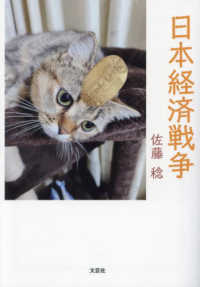基本説明
The work of
the Swiss artist Hans Josephsohn (1920-2012), one of the
masters of sculpture of the second half of the 20th centuryBorn in
1920 in Eastern Prussia from Jewish parents, Hans Josephsohn left Germanyin 1937 and
settled in Florence with the aim of studying art. Forced to leave dueto fascist
racial laws, he moved to Switzerland, which became his adoptive country.Josephsohn's
oeuvre has been defined as "existential sculpture": in a time that wasstrongly
characterised by the physical and moral devastation left by World War II,Hans
Josephsohn developed a language capable to talk about the fragile relationshipof mankind
with the surrounding world. He was concerned with representing thehuman being
as a figure in space throughout his life. His sculptures are characterisedby an
ambivalence of the almost abstract figure whose individuality is secured by itsform,
material and surface.The book is
published on the occasion of the biggest Josephsohn exhibition at theMusée d'Art
Moderne in Paris, curated by the german painter Albert Oehlen. It aimsto show why
Josephsohn, though being little known during his lifetime, is recognizedas "the
most important sculptor since Giacometti" (Jackie Wullschlager).The book
includes a foreword by Fabrice Hergott, director of Musée d'Art Moderne;an
introduction by the exhibition curator, the artist Albert Oehlen; a
biographicalessay byJackie Wullschlager, chief-critic of the Financial Times and author of the
celebratedbiography
Monet. The restless vision; an essay by Max Dax on archetype andan essay on
Josephson's spiritual dimension and archaic qualities by British sculptorThomas
Houseago; a photo essay on the Josephsohn-Estate in St.








